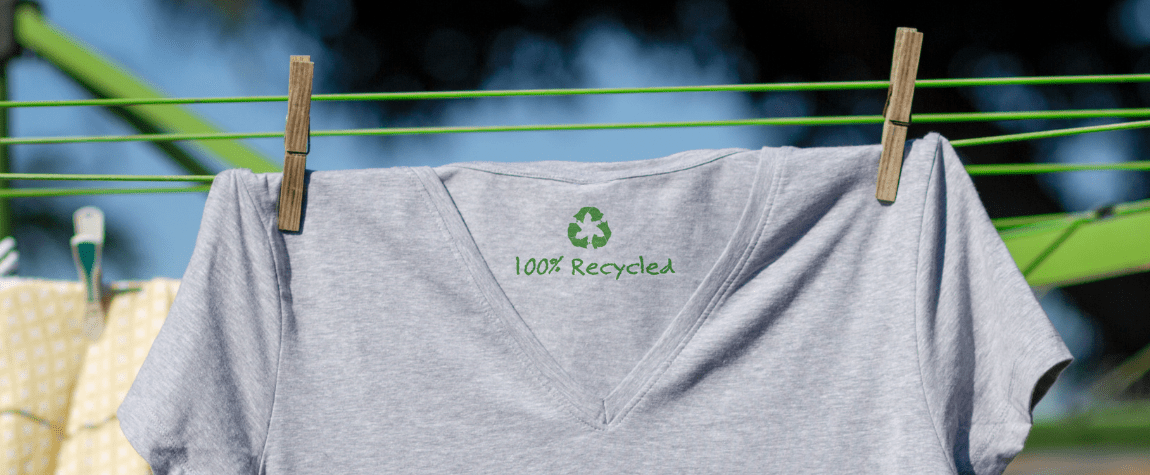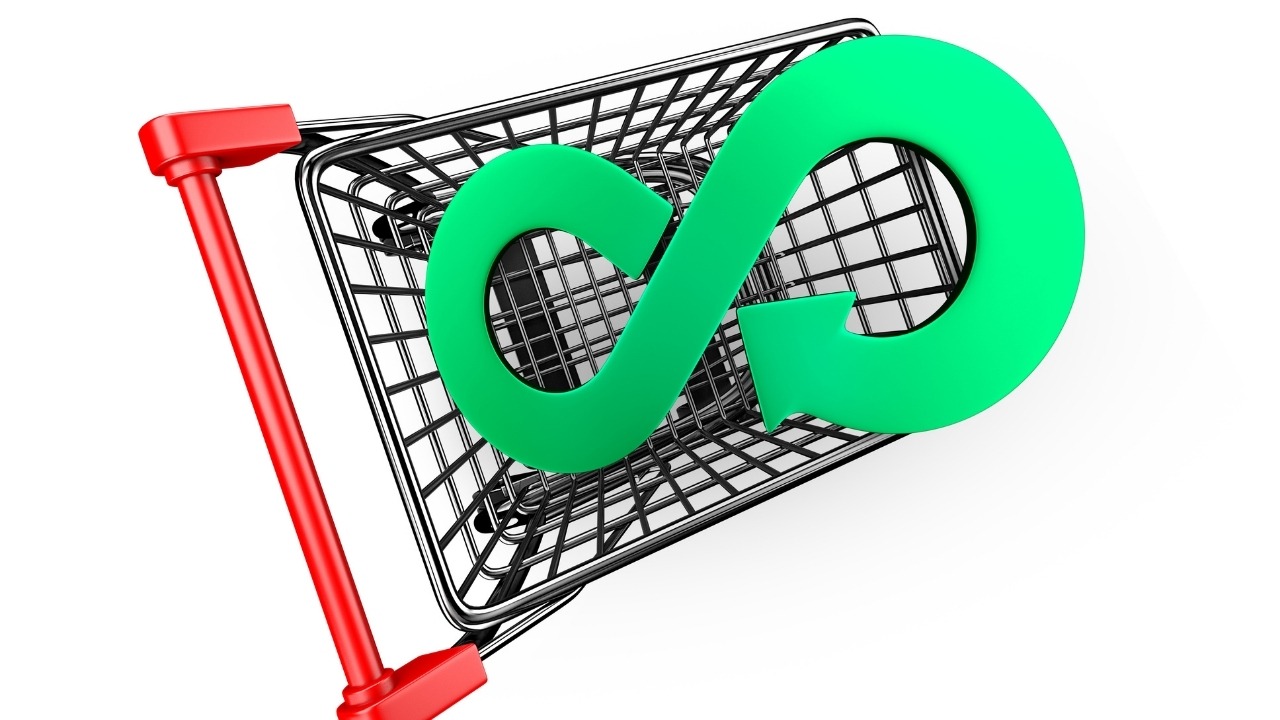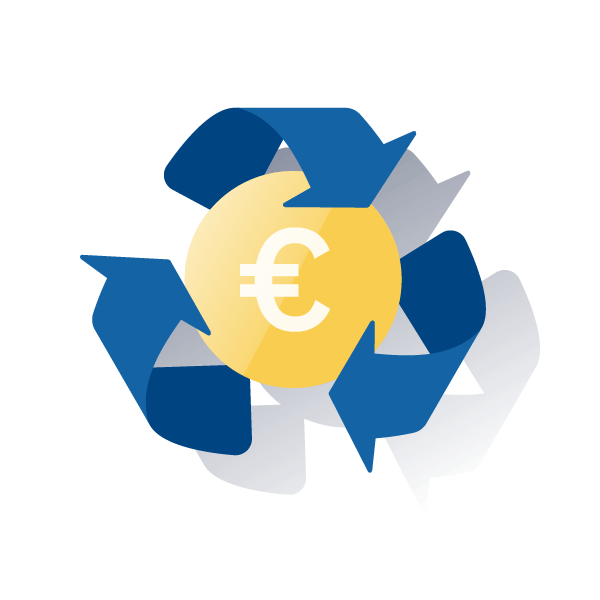Circular economy as a strategy for sustainability

Learn about the benefits of the circular economy and why it is ideal for investing in the creation of a sustainable and eco-friendly economic system.
Consumption patterns are changing worldwide: people are increasingly aware of how the way they live affects the planet and are more and more interested in both being part of the solution to environmental pollution and in demanding that their governments take action.
This is why companies, especially those with large production chains such as the textile industry or highly processed foods, are being forced to change their production pattern to a sustainable and eco-friendly one, in response to new consumption patterns.
Let’s see what the circular economy is all about and what its role is in creating sustainable business models.

Circular economy as a strategy for sustainability
Learn about the benefits of the circular economy and why it is ideal to invest in the creation of a sustainable and eco-friendly economic system.
Linear economy vs. circular economy
Traditionally, production and consumption patterns have been focused on produce-consume-dispose, which is called linear economy and its main feature is that products are designed and created to fulfill a single purpose for a certain period of time (at least the one described in the warranty), and when they reach the end of this, they are discarded.
The linear economy presents several problems:
- It does not take into account what happens to the non-organic and highly polluting materials that make up its products;
- It forces the creation of products with a useful life that depends on the time it takes for the manufacturing company to launch a newer version, with few product options that can be upgraded to have a longer useful life;
- It forces consumers to spend more in shorter periods of time due to the limited supply of upgrades to keep products current.
The circular economy, on the other hand, brings a different proposition to the table:
- That production and consumption patterns be changed to make products more durable, for example: allowing upgrades with their own manufacturers rather than having to invest in new products;
- Prioritize the use of sustainable materials over polluting single-use materials, such as disposable plastics in straws;
- And that, once the product has exhausted all its reuse possibilities, bring it back into the production chain as a raw material – example: the use of used fabrics in the textile industry to create new clothing.
The future of the economy and new investment options
In the short term, companies may perceive the linear economy as a way to make more money, one of the reasons why it is still relevant in the 21st century.
However, with more and more regulations and taxes on pollutants, eco-friendly waste collection and a civilian population whose percentage of eco-responsible consumers is increasing every day, the truth is that, in the long term, it is in companies’ best interest to change their production patterns, as it can save them investment money by recycling raw materials and ensures that they do not lose consumers.
Moreover, being in its first steps of implementation at the legal level in many countries (especially in the European Union and Asia) and with a long way to go, the circular economy presents itself as an innovative and promising form of investment that is here to stay.
Related news
-

Innovative examples of circular economy
The circular economy is a model that arises in contrast to the 'linear economy', which has taken the exploitation of natural resources to the limit. In this sense, the circular economy adds to the efforts to promote sustainable development.
-

Sustainable financial investment: Plastic waste treatment
Sadly, plastic debris has become frequent in marine life, where plastic is found in the stomachs of cetaceans, birds, and fish

















